| Sorted by date |
Page001from Building IdeasIntroduction
Theoretical Practices In a chapter called “Demonstrations” in his book Monsters of Architecture, the architectural theorist Marco Frascari describes the relation of drawing to building as following: The traditional interpretation of this translation is that an architectural drawing is a graphic representation of an existing, or future building. The present modern and post-modern condition of understanding … these translations is that buildings are representations of the drawings that preceded them.1 A glance at the recent history of significant events in architecture would confirm the importance of “things-other-than-buildings” in the dissemination of architectural ideas. The Victorian rediscovery of Greek polychrome decoration – upsetting centuries of scholarship based on the assumption of a “white” architecture – is one such event of historical importance which emerged from documentary sources, rather than the fabric of the buildings themselves. More recently this phenomenon has taken several surprising twists, not least due to the growing impact of photographic representation. One of the most iconic and characteristic of twentieth century buildings is the Barcelona Pavilion designed by Ludwig Mies van der Rohe. Built in 1929 for the International Exposition, the Pavilion was demolished in the following 1 Marco Frasari, Monster of Anthropomorphism in Architectural Theory, Rowman and Littlefield, Savage, MD, 1991, P 93[emphasis added].
|
|
|
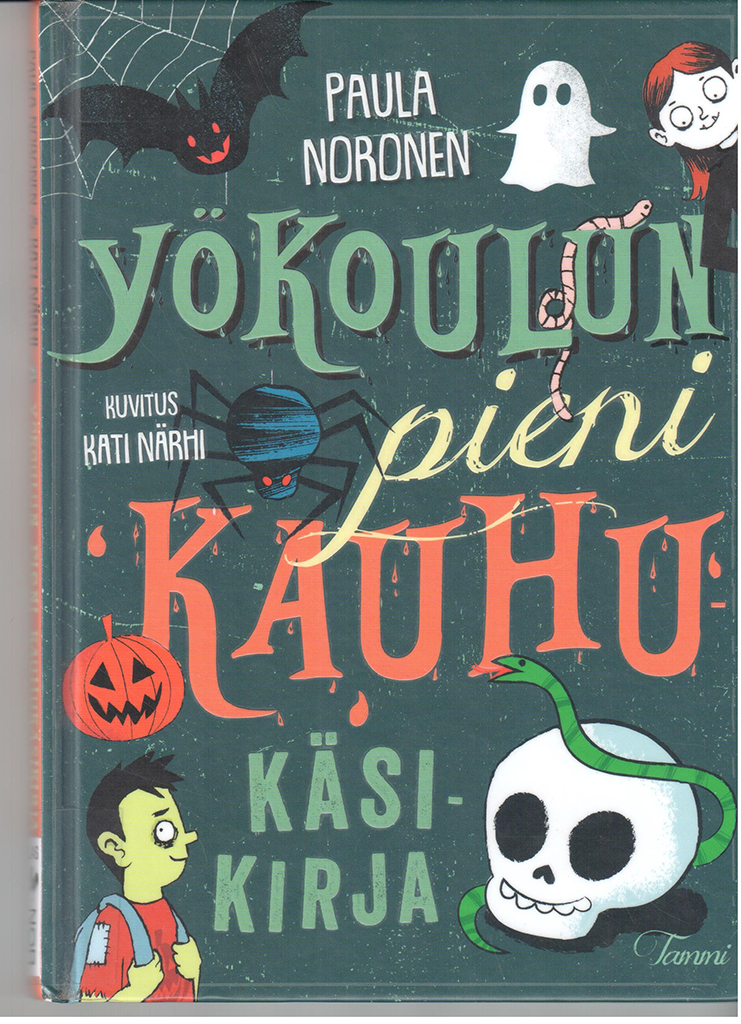 ... ...
... ... ... ...
... ... ... ...
... ...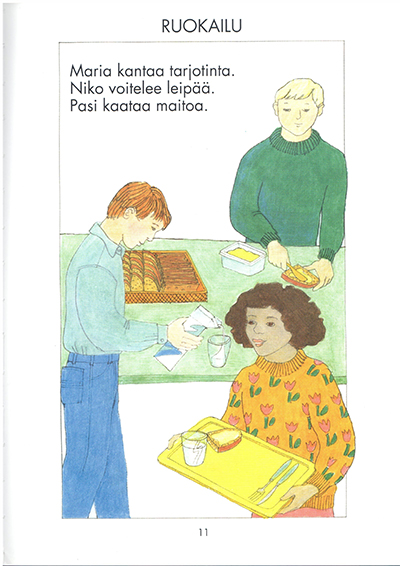 ... ...
... ...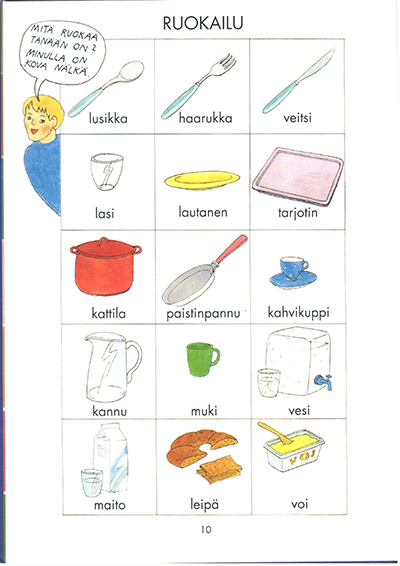 ... ...
... ...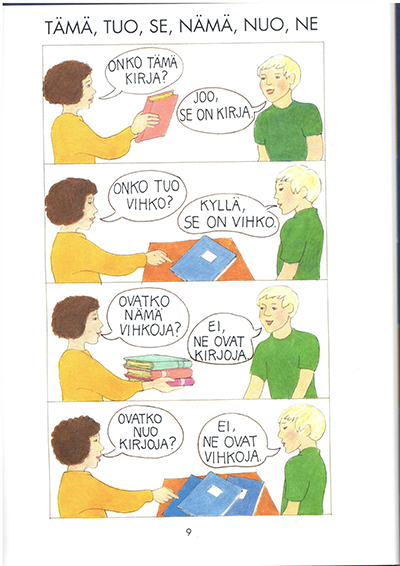 ... ...
... ...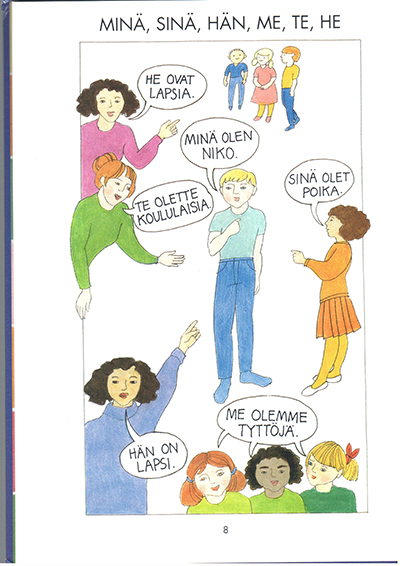 ... ...
... ...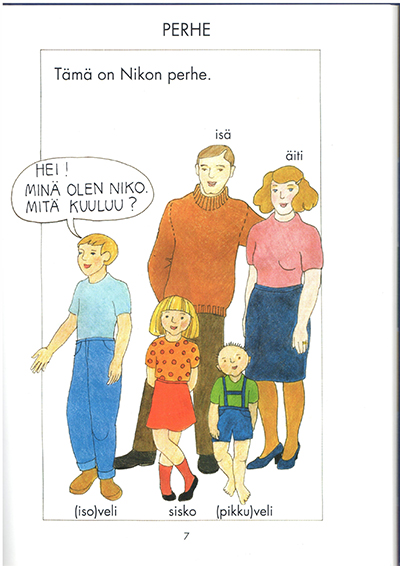 ... ...
... ... ... ...
... ...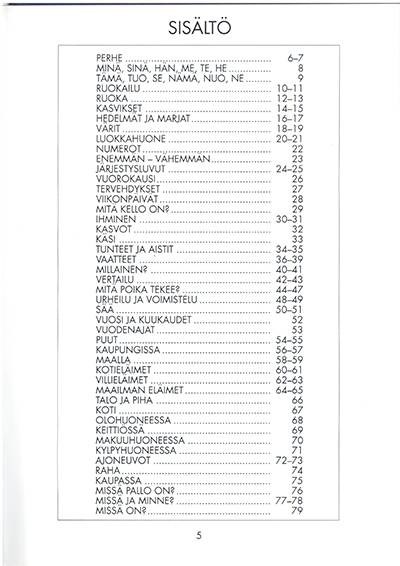 ... ...
... ... ... ...
... ... ... ...
... ...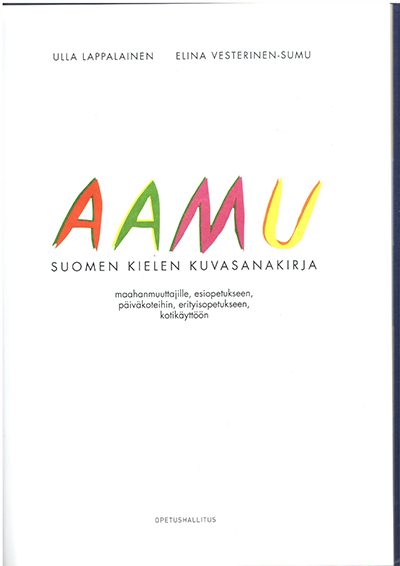 ... ...
... ...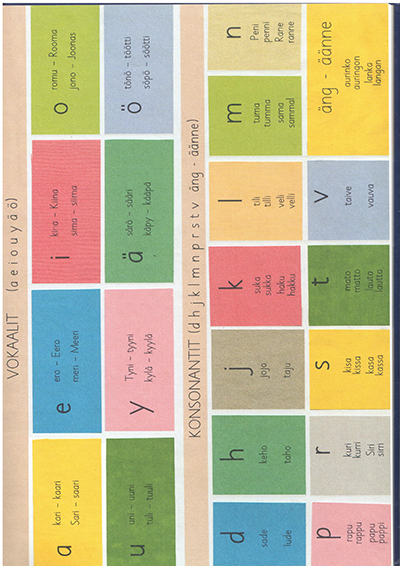 ... ...
... ...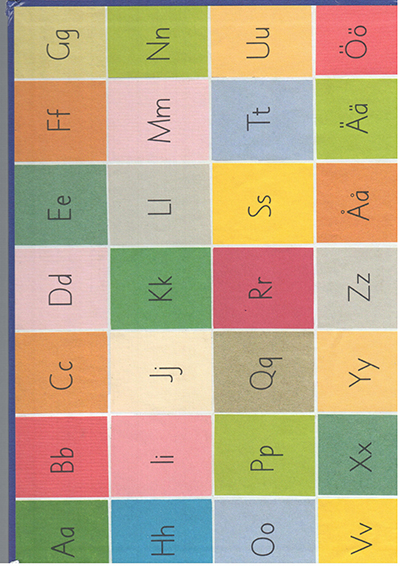 ... ...
... ...